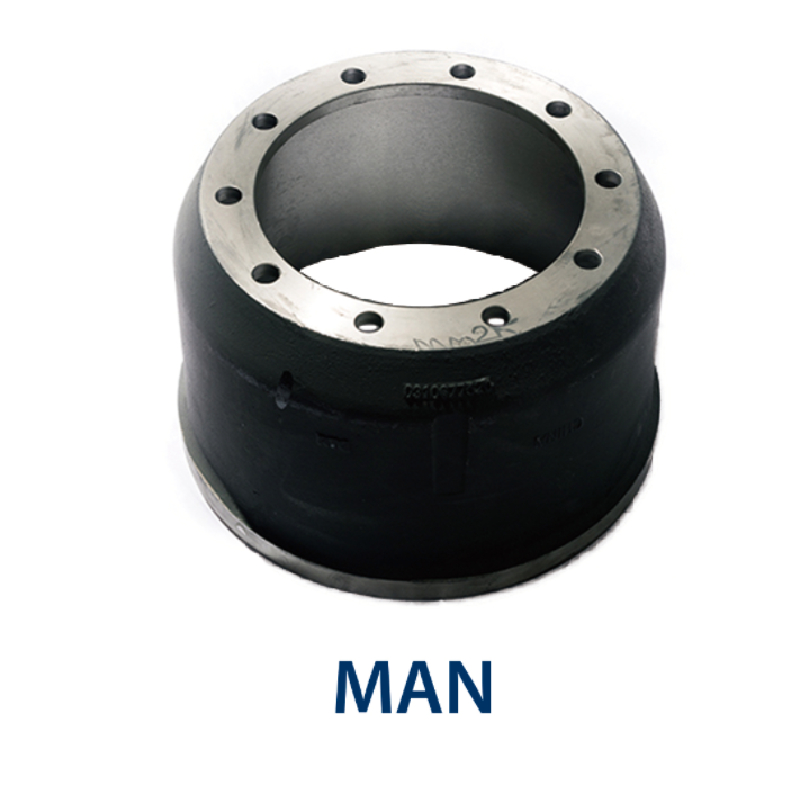Oktoba . 18, 2024 11:56 Back to list
Understanding Brake Drum Springs and Their Importance in Vehicle Safety and Performance
Understanding Brake Drum Springs Their Importance and Function
Brake drum springs play a crucial role in the braking system of various vehicles, especially those with drum brakes. Unlike disc brakes, drum brakes operate with a different mechanism, and the efficiency of this system largely relies on the functionality of the springs. This article delves into the importance, types, and maintenance of brake drum springs, highlighting why they are essential for vehicle safety.
The Function of Brake Drum Springs
Brake drum springs serve multiple functions within the brake drum assembly. Primarily, they are responsible for retracting the brake shoes away from the brake drum after the brake pedal is released. This retraction is critical because it ensures that the brake shoes do not remain in contact with the drum, which can lead to unnecessary wear and overheating. The springs provide the necessary tension to pull the shoes back, allowing for a smooth and efficient braking system.
Additionally, brake drum springs maintain the proper alignment of the brake shoes while the braking system is engaged. This alignment is vital for an even application of pressure against the drum, which enhances braking performance and prevents uneven wear on the brake components.
Types of Brake Drum Springs
There are primarily two types of springs used in drum brake systems return springs and hold-down springs.
1. Return Springs These are the most important springs in the system. They enable the brake shoes to pull back from the drum after the brakes are released. Return springs come in various shapes and sizes, depending on the vehicle's design, and are usually made from high-strength steel to withstand the repeated stress of braking.
brake drum springs

2. Hold-Down Springs These springs are used to keep the brake shoes securely attached to the backing plate. They hold the shoes in place, ensuring that the shoes remain properly positioned during operation. This prevents excessive movement that could lead to brake failure or reduced braking efficiency.
Maintenance of Brake Drum Springs
Regular maintenance of brake drum springs is vital for the longevity and functionality of the braking system. Here are some tips to ensure that your brake drum springs remain in optimal condition
- Regular Inspections During routine vehicle maintenance, mechanics should inspect the brake drum and its components. Look for signs of wear, corrosion, or damage to the springs. Springs should not appear stretched or deformed; if they are, replacement is necessary.
- Replacement If a spring is found to be damaged, it is crucial to replace it promptly. Worn springs can lead to inefficient braking, which not only compromises safety but can also result in further damage to the brake system.
- Lubrication While brake drum springs themselves do not require lubrication, the contact points where they interact with other brake components may benefit from a small amount of anti-seize compound. This helps reduce friction and wear during operation.
Conclusion
Brake drum springs may seem like small components in the complex system of vehicle brakes, but their role is undeniably critical. By understanding their function and maintaining them properly, drivers can ensure that their vehicles remain safe and efficient. Ultimately, a well-maintained braking system contributes not just to the vehicle’s performance, but also to the safety of its occupants and others on the road. Regular inspections and prompt replacements when necessary can make all the difference in ensuring reliable braking performance, highlighting the importance of these often-overlooked components.
-
Volvo Brake Drum: OEM Quality, Optimal Safety
NewsAug.27,2025
-
Durable Brake Drum MAZ for Heavy Duty Trucks | High Performance
NewsAug.26,2025
-
FUWA: Premium Quality, Reliable Performance & Innovative Solutions
NewsAug.25,2025
-
Liza Brake Drum: Superior Quality & Performance for Safe Driving
NewsAug.24,2025
-
Iveco Brake Drum | Premium OE Quality for Daily & Eurocargo
NewsAug.22,2025
-
Your Brake Drum Man: Quality & Performance Parts
NewsAug.21,2025
